Case Report: 12CA001
Supervisor dies when he is decapitated by a rope that was pulled into a wood chipper
Download a PDF to print this report:
Supervisor dies when he is decapitated by a rope that was pulled into a wood chipper (12CA001, PDF)
Summary
A supervisor for a land clearing company died when he was decapitated by a rope that was pulled into a wood chipper. A work crew was clearing overgrown trees and brush from the perimeter of a home. A bundle of cut brush was cinched together with a rope and pulled up to a wood chipper by a co-worker. The rope used to cinch the brush into a bundle was not removed prior to the bundle being fed into the wood chipper. One end of the rope caught in the drum of the wood chipper and became taut, tangled around the victim, and pulled him onto the wood chipper feed table. The victim was then decapitated by the rope. Factors that may contribute to worker death when operating a wood chipper include feeding brush or branches which contain foreign objects into the chipper, and work procedures that required the use of a rope that present an entanglement hazard at the point of operation of the chipper. The CA/FACE investigator determined that, in order to prevent future incidents, land clearing companies that use wood chippers should:
- Ensure that cut tree branches are placed in piles and checked for unwanted objects before being fed into wood chippers.
- Assign a co-worker as a safety watch whenever cut tree branches are being fed into a wood chipper.
Introduction
On Thursday, January 12, 2012, at approximately 8:30 a.m., a 50-year-old Hispanic supervisor for a land clearing company died when he was decapitated by a rope that was pulled into a wood chipper. The rope was tied around a bundle of brush that was being fed into the wood chipper. The CA/FACE investigator received notification of this incident on January 13, 2012, from the Richmond office of the California Department of Public Health, Occupational Health Branch. On February 2, 2012, the CA/FACE investigation team interviewed the owner of the company at their maintenance and storage yard. The wood chipper was photographed and the operation and safety features of the machine were explained in detail. The incident scene was visited later that day, where the homeowner was interviewed and pictures of the incident scene were taken. Police and coroner reports were also obtained.
Employer
The employer of the victim was a land clearing company that provided a variety of services including mechanical brush mowing, brush removal, chipping, and general land clearing.
Written Safety Programs and Training
The land clearing company had a written Injury and Illness Prevention Program (IIPP) that was updated in 2011. The IIPP included management and employee responsibilities, safety meeting schedules, training, safety incentives, disciplinary programs, and overall safety procedures for activities related to land clearing services. The employees of the land clearing company were trained in all aspects of land clearing and attended monthly safety meetings, but not all of these activities were documented. The owner of the company stated the victim had received training in 2004 in safe wood chipper operation by attending classes offered by the wood chipper manufacturer in maintenance, operation, and safety.
The Victim
The victim was a 50-year-old Hispanic male who was working as a foreman/supervisor. The victim had worked for the land clearing company for 14 years. He was responsible for maintaining all of the company equipment and supervising the work crew.
Incident Scene
The incident scene was the backyard of a private residence. The new homeowner hired the land clearing company to trim and remove trees and overgrown brush around the perimeter of the property. The area the crew was clearing was a steep backyard hillside. This job was to last two days.
Machinery
The wood chipper involved in the incident was a Bandit Model 1890 that was purchased new in 2004 (see exhibits 1-4). This was a self-propelled track-mounted chipper with reversing auto feed rollers, hydraulic swivel discharge, and a remote control for portable operation. The wood chipper also included a hydraulically controlled rope winch mounted above the feed table (see exhibit 4).
Weather
The weather on the morning of incident was clear with a calm wind and visibility of approximately 10 miles. The ambient temperature at the time of the incident was 54 degrees Fahrenheit.
Work Process
The work process involved cutting trees and brush, cinching cut limbs and brush into bundles with a rope, and dragging them up the steep incline by a second rope from the wood chipper-mounted winch. The wood chipper was controlled and operated by a remote control that the victim wore around his waist. After the bundles of cut limbs and brush were dragged to the wood chipper, the rope was supposed to be removed from the bundle before the branches were fed into the chipper.
Investigation
On the second day of the job, the work crew returned to the remote hillside residence to finish the land clearing job. The wood chipper was maneuvered behind the residence and situated on a level recess in the hill side. The victim directed three co-workers to cut down the overgrown brush and trees along the fence line approximately 15 yards downhill from the chipper location. One of the co-workers cinched together a bundle of brush with a loose rope, hooked the bundle to the winch rope, and followed the bundle up the incline to the base of the chipper. When the bundle reached the base of the wood chipper, the co-worker started to remove the rope that held the bundle of brush together. However, before he removed the rope completely from the bundle, he was directed by the victim to take the end of the winch rope and pull it down the incline to drag up another bundle. The co-worker got approximately 20 feet down the incline when he heard the victim scream. He climbed back up the incline and saw the victim's body lying on the chipper’s feed table. He immediately reversed the direction of the feed rollers and shut the machine off.
The homeowner was in the house and heard a loud clanking noise from the wood chipper. The homeowner witnessed the victim lying on the wood chipper table, and then called the owner of the land clearing company and 911. When the emergency response crews and police arrived they found the victim had been decapitated. One end of the rope that was used to cinch together the bundle of brush was caught in the drum of the wood chipper, became taut, and decapitated the victim. It is not known how the rope became looped around the victim’s body and neck, or if he was standing to the side or front of the feed table. The victim was pronounced dead at the scene.
Contributing Factors
Occupational injuries and fatalities are often the result of one or more contributing factors or key events in a larger sequence of events that ultimately result in an injury or fatality. The CA/FACE team identified the following items as contributing factors in this incident that ultimately led to the fatality:
- Feeding branches or brush which contained a foreign object into the wood chipper.
- Ropes that presented an entanglement hazard at the point of operation of the chipper.
Cause of Death
The cause of death according to the death certificate was blunt force neck injury.
Recommendations
Land clearing companies that use wood chippers should:
Recommendation #1: Ensure that cut tree branches are placed in piles and checked for unwanted objects before being fed into wood chippers.
Discussion: In this incident, a co-worker cinched a bundle of brush with a rope and used the winch to drag it up the hillside to the chipper. While feeding the brush into the chipper, one end of the rope entered the chipper and wrapped around the chipper’s drum, pulling the rope taunt, entangling the victim, and decapitating him. Although ropes serve a useful purpose in the tree trimming and brush clearing business, they should always be removed from the point of operation of chippers before chipping begins and never used to feed material into the wood chippers. To prevent such incidents, all cut branches and brush should be placed in piles and inspected prior to being fed into wood chippers to ensure that they are free of any unwanted object(s) that might cause personal injury. Had the material been placed in piles and inspected prior to being fed into the chipper, the rope may have been removed from the bundle thereby preventing this incident.
Recommendation #2: Assign a co-worker as a safety watch whenever cut tree branches are being fed into a wood chipper.
Discussion: In this incident, the victim was working alone even though there were three other employees working at the bottom of the hillside clearing the perimeter of the property. Many hazardous work assignments such as high-voltage electrical work or confined space work mandate the use of a safety watch to be present when certain activities occur to help prevent injuries. When a wood chipper is in operation, at least one worker in addition to the operator should be placed near the safety control bar/feed roller bar to observe the actions of the operator as well as the material being fed into the wood chipper. In this incident, a designated safety watch stationed near the chipper may have noticed the rope wrapped around the cut brush and prevented the victim from feeding the brush into the wood chipper.
Exhibits
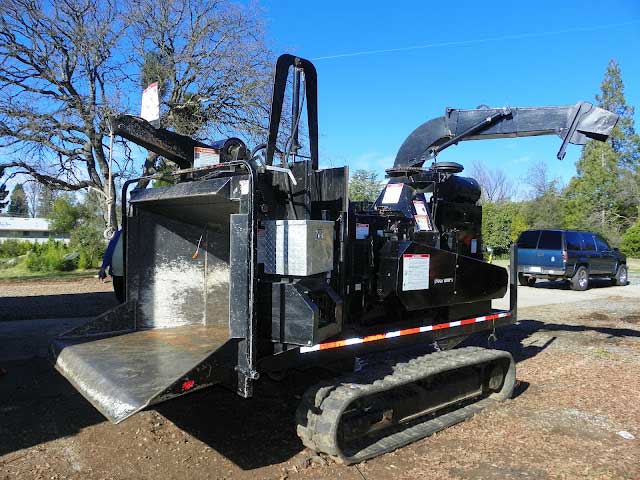
Exhibit 1. The right side of the wood chipper involved in this incident.
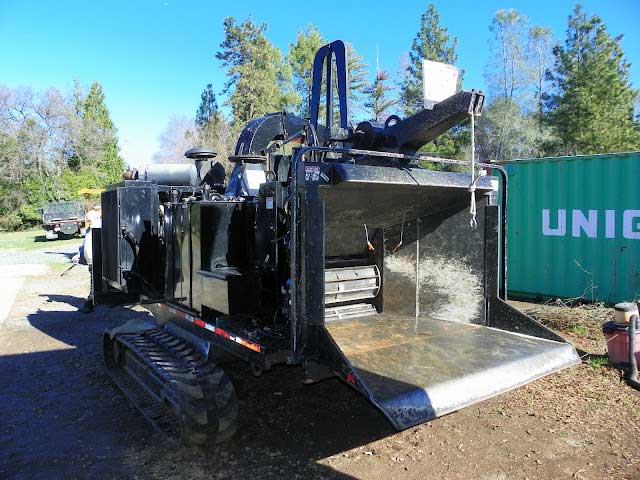
Exhibit 2. The left side of the wood chipper involved in the incident.
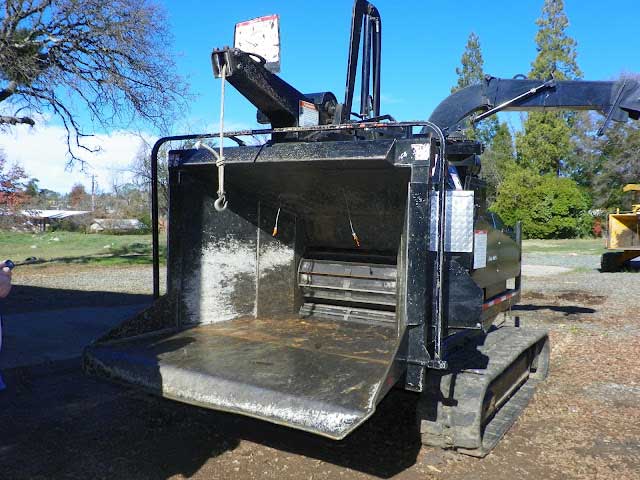
Exhibit 3. The wood chipper feed table and feed rollers.
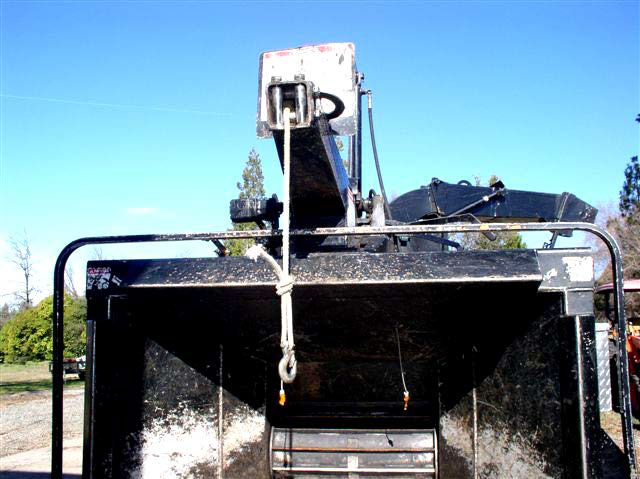
Exhibit 4. The rope winch on the wood chipper used to pull tied bundles ofbrush and cut branches up to the feed table.
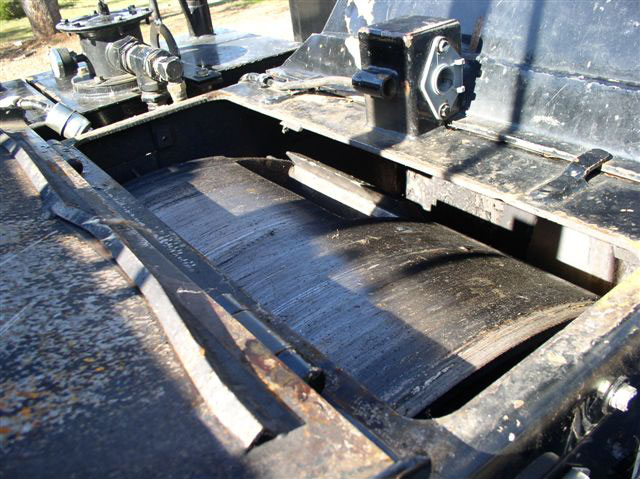
Exhibit 5. The wood chipper's drum that the rope was wrapped around.
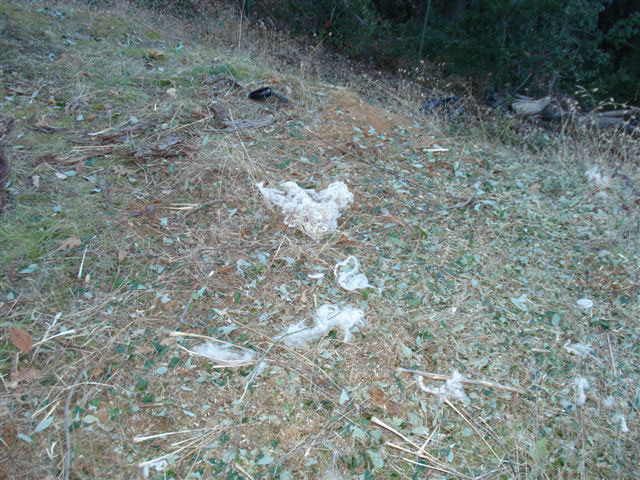
Exhibit 6. Portions of the frayed rope after it went through the wood chipper.

Exhibit 7. The location in the back of the house where the wood chipper was parked.
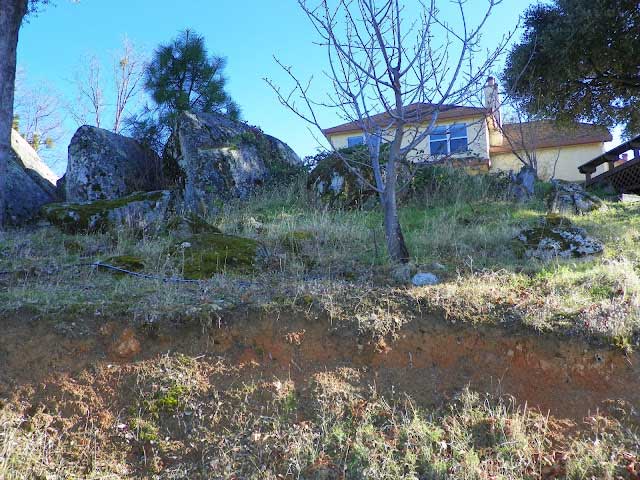
Exhibit 8. The back of the residence where the wood chipper was located.
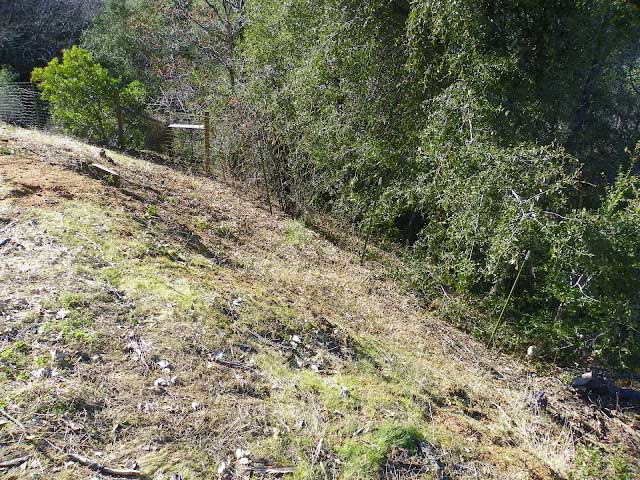
Exhibit 9. The steep hillside where the employees were working.
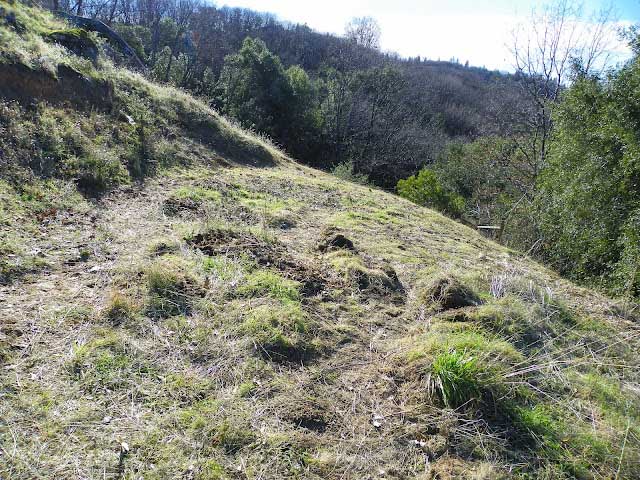
Exhibit 10. The incident scene showing the topography of the land.
References
California Code of Regulations, Subchapter 7. General Industry Safety Orders Group 3.General Plant Equipment and Special Operations Article 12. Tree Work, Maintenance or Removal §3424. Mobile Equipment. (c) Brush Chippers.
Guatemalan Tree-Service Worker Killed When Pulled into Brush Chipper - National Institute for Occupational Safety and Health (NIOSH) FACE report
Tree Trimmer Dies When Pulled into in a Brush Chipper - NIOSH FACE report
Hazard ID 8 - Injury Associated with Working Near or Operating Wood Chippers - NIOSH publication
Acknowledgement
The CA/FACE team would like to thank and acknowledge the owner and employees of the land clearing company involved in this incident, the Nevada City County Coroner and Sheriff's Department, and the homeowner of the property where the incident occurred for their assistance and cooperation with this investigation.
Authors
Hank Cierpich, FACE Investigator
Robert Harrison, MD, MPH, FACE Project Officer
Laura Styles, MPH, Research Scientist
October 22, 2012